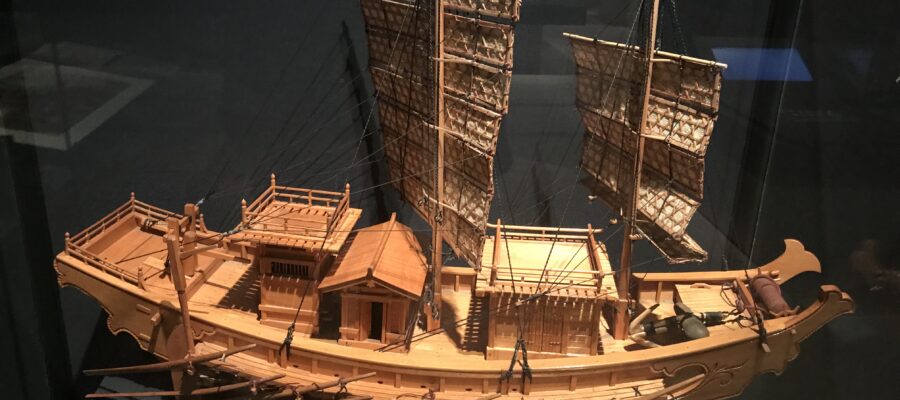神戸の歴史を学びに来ました
昨年、神戸近郊に在住する留学生に対し、地元の歴史と近代化について講義と現地見学を行うプログラム提供の依頼を受けました。その際に、神戸の歴史を調べに通ったのが、神戸市立博物館です。1階の無料で入れるエリアに神戸市の歴史を紹介したスペースがあり、展示品や映像教材、パネルを用いてわかりやすく時系列に学ぶことができます。最初は、古墳時代の代表として明石市にある五色塚古墳から始まります。
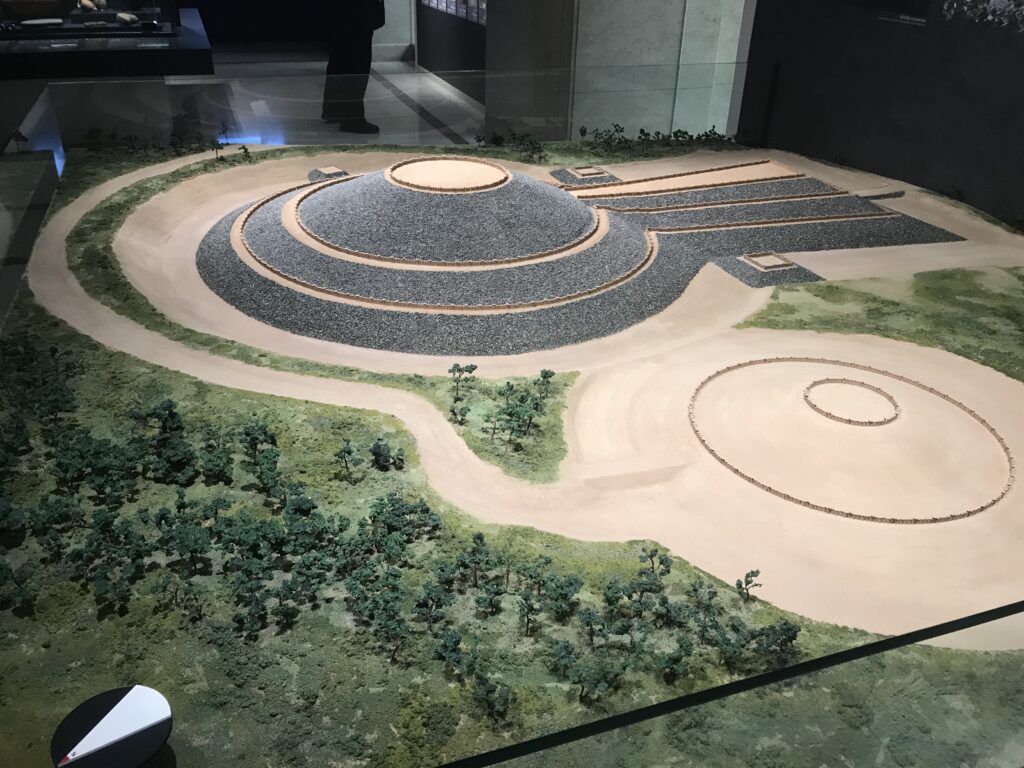
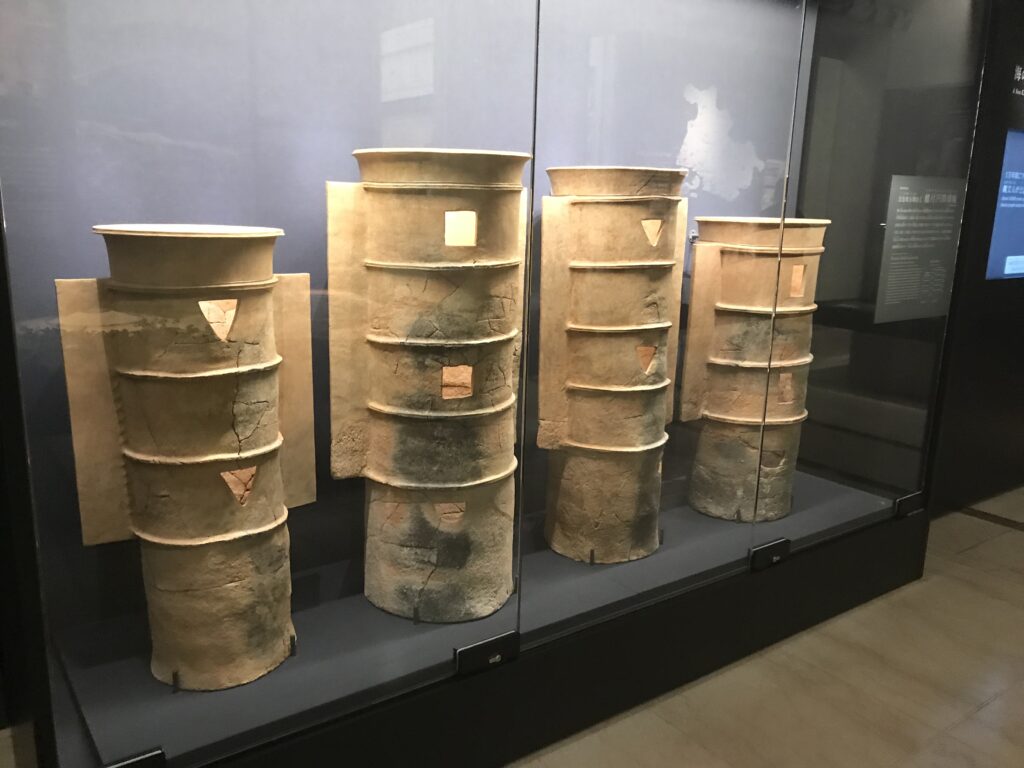
調べてみると、遣唐使の時代には、遣唐使船の大風や波浪などの際に避難する港として、この辺りの港が使われていたそうです。
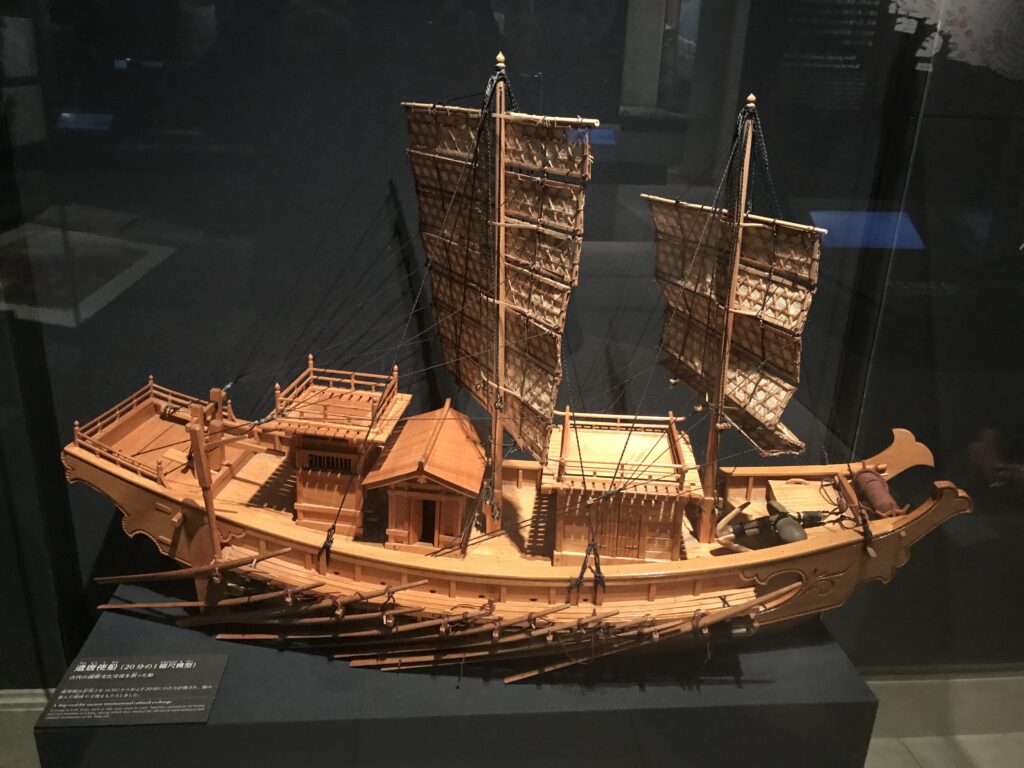
平清盛が大和田泊の整備を進めた
最も有名になるのは、平安時代の末期、平清盛が日宋貿易の拠点として大和田泊の整備を進めたことでしょうか。石を沢山、海に沈めて経ヶ島という人工島を作って港を拡大したことも記録に残っています。当時、日本の主な輸出品は日本刀でした。あの美しさは、当時ですら海外の方の目を引いていたようです。
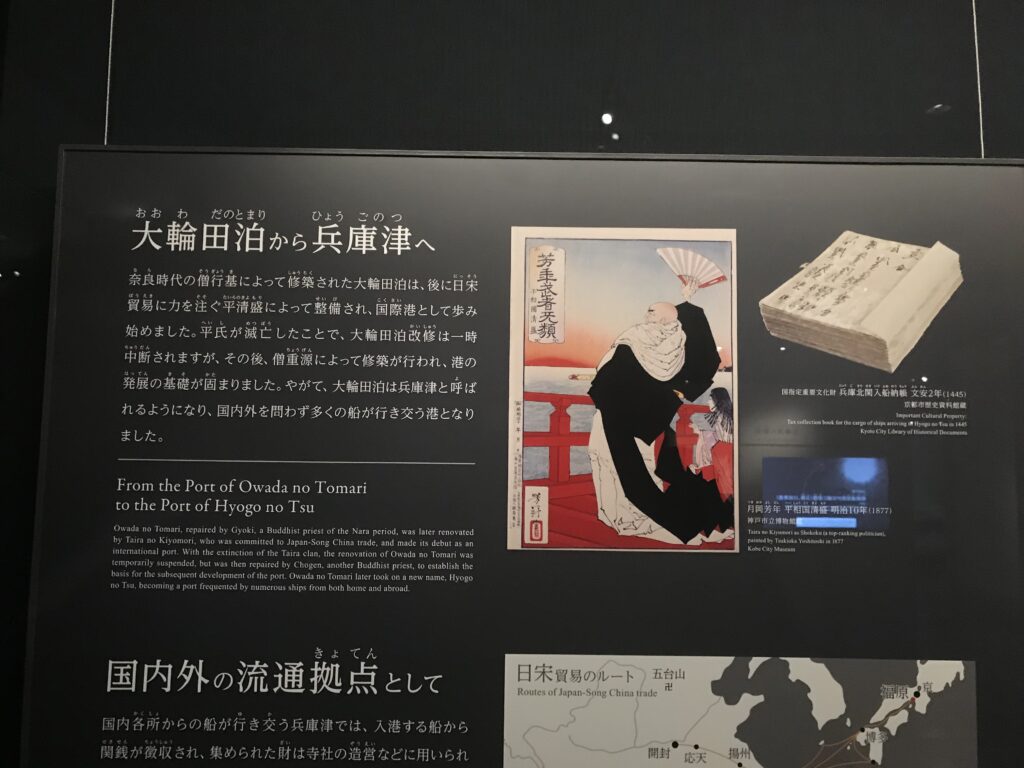
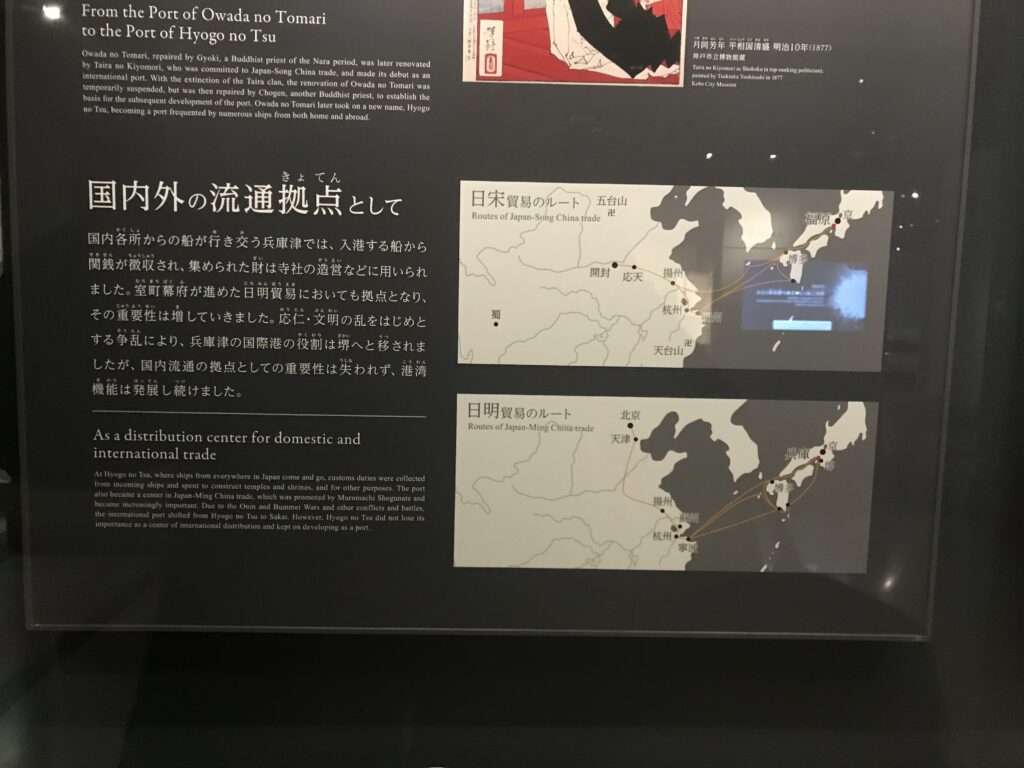
江戸時代に海運がますます発展
江戸時代になると、灘で作られたお酒を江戸に運んでいたように、国内の海運がますます発展します。兵庫津と呼ばれた港が発展していきました。
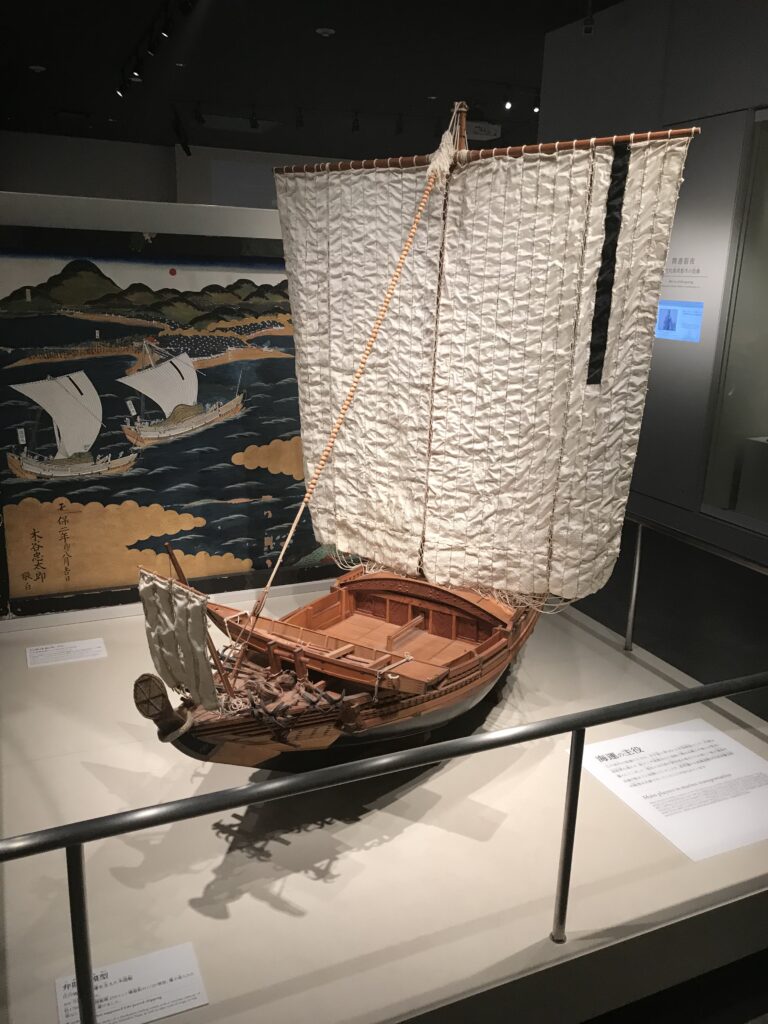
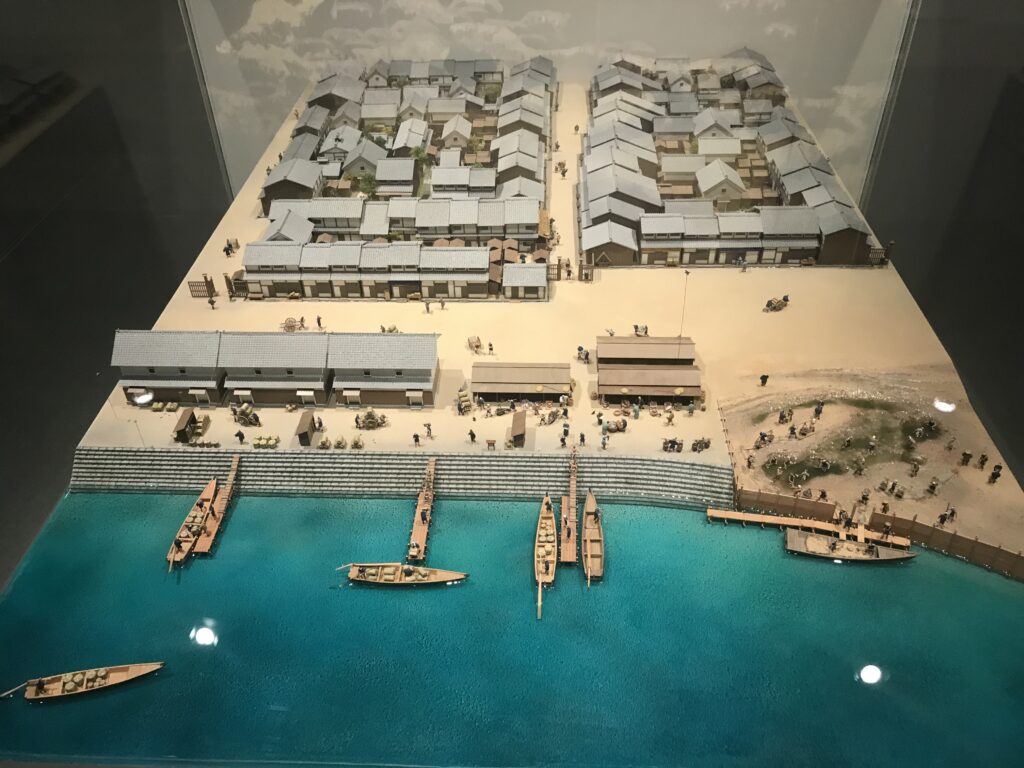
日米修好通商条約で兵庫の開港を約束しましたが、京都に近いことを理由に朝廷の反発が激しく、期日から10年遅れて開国となり、外国人居留区が現在の神戸に建設されました。当時の居留区の外国人たちが造った水道管が、その後100年以上も使われていたそうです。おそらく、当時の最先端かつ優秀な技術を導入したのだと思われます。
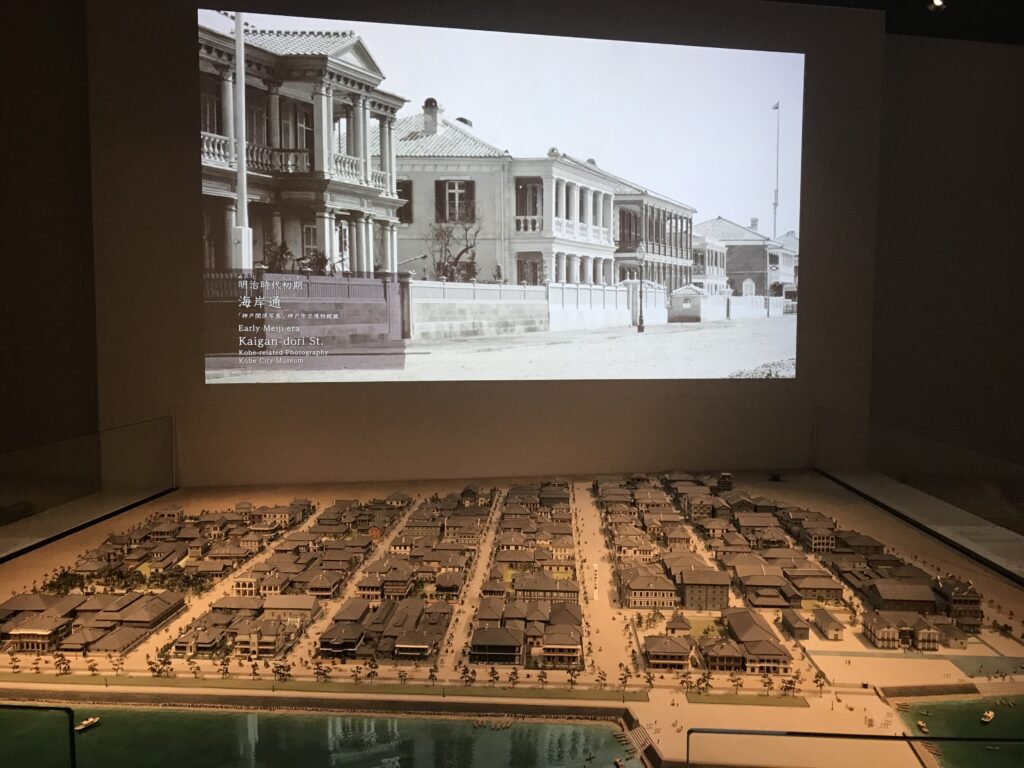
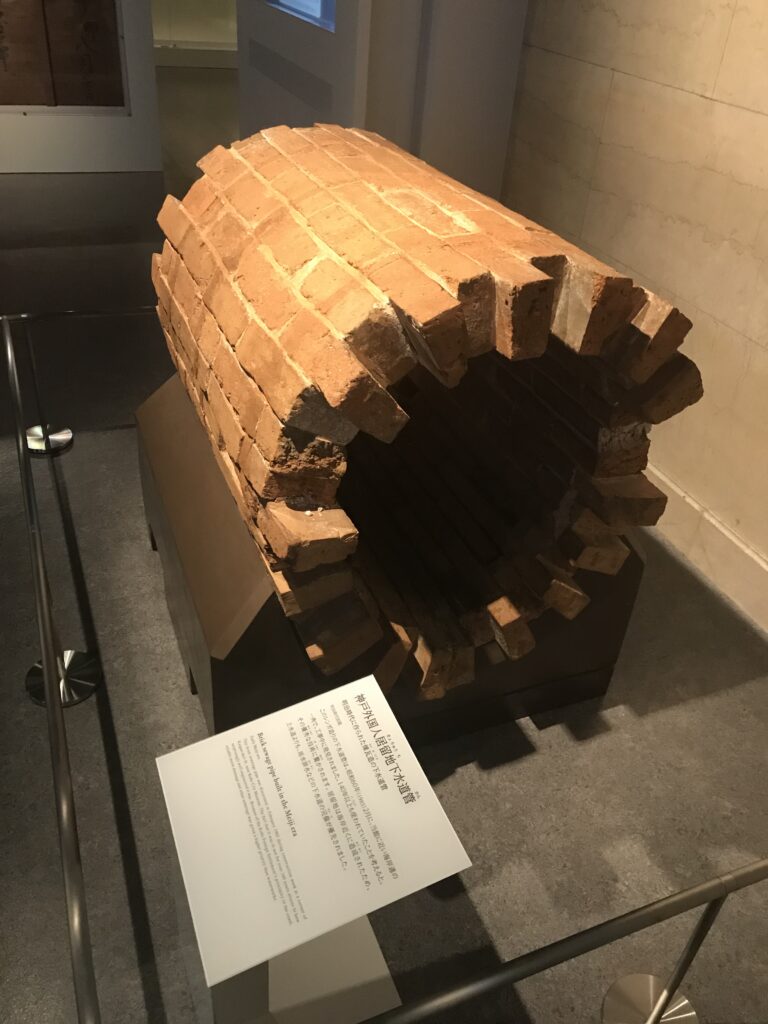
居留地の外国人商人との交易から日本人の貿易は始まりました。最初はお茶や生糸が主な輸出品でしたが、やがて、マッチを港近くの工場で生産し、輸出するようになり、マッチも主な輸出品になったそうです。
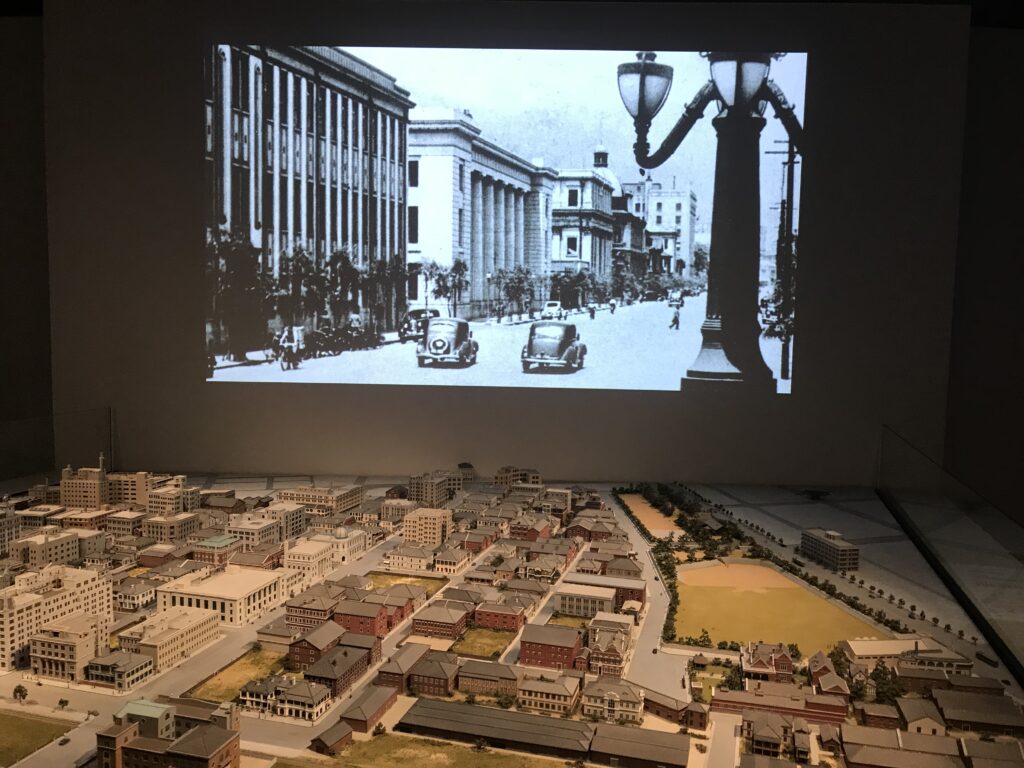
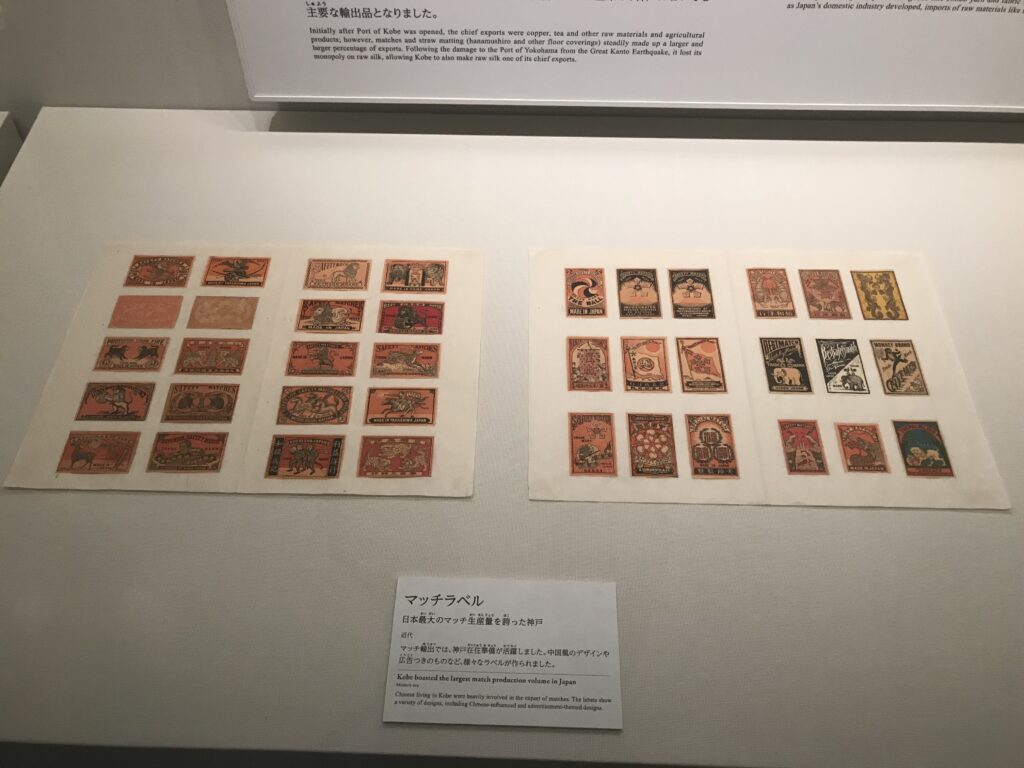
近代的な工業が発展
貿易が盛んになると、商船会社、金融業者、貿易会社などが集積するようになりました。そして、船の往来が増えたことで、船の修理事業が起こり、そのまま造船業の発達へとつながります。川崎重工、三菱重工が進出して、神戸には造船用の巨大なドックが造られました。船を作るには素材の鉄が必要です。そのために川崎重工は自社で製鉄を行い、やがて川崎製鉄となります。それとは別に神戸製鋼も創業しました。貿易港を中心とする神戸の近代化を調べてみると、とても面白いと思います。(完)
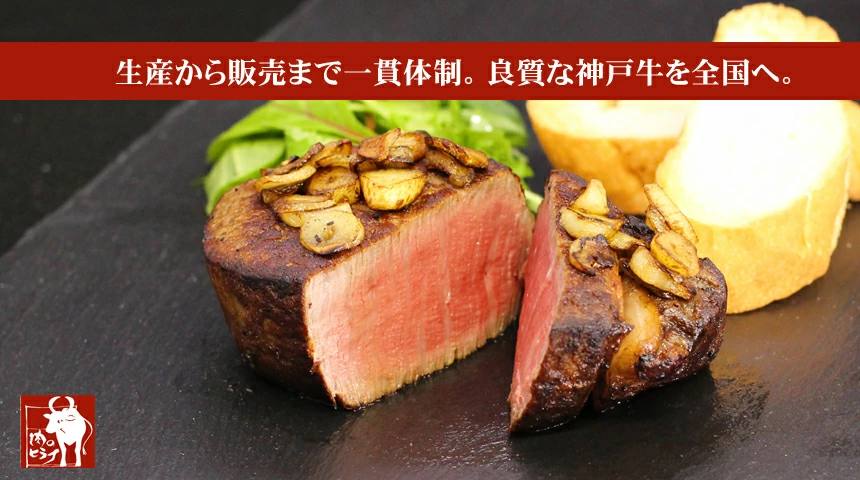
価格:8,640円
(2022/8/10 13:06時点)
感想(898件)
Kobe City Museum
Last year, we were asked to provide a program of lectures and field trips on local history and modernization for international students living in the Kobe area. On that occasion, we went to the Kobe City Museum to research the history of Kobe, which has a space on the first floor where visitors can enter for free and learn about the history of the city in an easy-to-understand chronological order using exhibits, video materials, and panels. The first exhibit begins with the Goshikizuka Kofun Tumulus in Akashi City as a representative of the Kofun Period.
Research shows that during the period of the Japanese envoys to the Tang Dynasty, the harbor in this area was used as a port for evacuation in case of heavy winds and waves for the ships of the envoys.
Perhaps the most famous example is the development of Owada Tomari by Taira no Kiyomori at the end of the Heian period (794-1185) as a base for trade between Japan and the Sung Dynasty. It is also recorded that he expanded the port by sinking many stones into the sea to create an artificial island called Kyogashima. At that time, Japan’s main export was Japanese swords. The beauty of the sword seemed to have caught the eyes of foreigners even back then.
In the Edo period (1603-1867), domestic marine transportation became more and more developed, just as sake made in Nada was transported to Edo (Tokyo). A port called Hyogo-tsu developed.
The Japan-U.S. Treaty of Amity and Commerce promised to open the port of Hyogo, but due to fierce opposition from the Imperial Court because of its proximity to Kyoto, the opening was delayed 10 years from the due date, and a foreign settlement was built in what is now Kobe. The water pipes built by the foreigners in the settlement at that time were used for more than 100 years thereafter. Probably, they introduced the most advanced and superior technology of the time.
Japanese trade began with foreign merchants in the reservations. At first, tea and raw silk were the main exports, but eventually matches began to be produced in factories near the port and exported, and matches also became a major export item.
As trade flourished, merchant shipping companies, financiers, trading companies, and other businesses began to cluster in the area. The increase in ship traffic led to the ship repair business, which in turn led to the development of the shipbuilding industry. Kawasaki Heavy Industries and Mitsubishi Heavy Industries moved into the area, and huge docks for shipbuilding were built in Kobe. To build a ship, you need iron, the material from which ships are made. To meet this need, Kawasaki Heavy Industries began its own steel manufacturing operations, which eventually became Kawasaki Steel Corporation. Separately, Kobe Steel was also founded. It would be very interesting to examine the modernization of Kobe, centered on its trading port. (End)

フランス人が日本人によく聞く100の質問全面改訂版 フランス語で日本について話すための本 [ 中井珠子 ]
価格:2,640円
(2022/1/3 17:33時点)
感想(0件)
Musée de la ville de Kobe
L’année dernière, on nous a demandé d’organiser un programme de conférences et d’excursions sur l’histoire locale et la modernisation pour les étudiants internationaux vivant dans la région de Kobe. À cette occasion, nous nous sommes rendus au musée de la ville de Kobe pour faire des recherches sur l’histoire de la ville. Le musée dispose d’un espace au premier étage où les visiteurs peuvent entrer gratuitement et apprendre l’histoire de la ville dans un ordre chronologique facile à comprendre grâce à des expositions, des vidéos et des panneaux. La première exposition commence par le tumulus Goshikizuka Kofun dans la ville d’Akashi, représentatif de la période Kofun.
Les recherches montrent qu’à l’époque des envoyés japonais auprès de la dynastie Tang, le port de cette zone était utilisé comme port d’évacuation en cas de vents et de vagues violents pour les navires des envoyés.
L’exemple le plus célèbre est peut-être l’aménagement d’Owada Tomari par Taira no Kiyomori à la fin de la période Heian (794-1185) comme base pour le commerce entre le Japon et la dynastie Sung. On raconte également qu’il a agrandi le port en enfonçant de nombreuses pierres dans la mer pour créer une île artificielle appelée Kyogashima. À cette époque, la principale exportation du Japon était les sabres japonais. La beauté du sabre semblait déjà avoir attiré le regard des étrangers à l’époque.
Au cours de la période Edo (1603-1867), le transport maritime intérieur s’est développé de plus en plus, tout comme le saké fabriqué à Nada était transporté à Edo (Tokyo). Un port appelé Hyogo-tsu s’est développé.
Le traité d’amitié et de commerce entre le Japon et les États-Unis promettait l’ouverture du port de Hyogo, mais en raison de l’opposition farouche de la Cour impériale due à la proximité de Kyoto, l’ouverture a été retardée de 10 ans par rapport à la date prévue, et une colonie étrangère a été construite dans ce qui est aujourd’hui Kobe. Les canalisations d’eau construites par les étrangers dans la colonie à cette époque ont été utilisées pendant plus de 100 ans par la suite. Ils ont probablement introduit la technologie la plus avancée et supérieure de l’époque.
Le commerce japonais a commencé avec les marchands étrangers dans les réserves. Au début, le thé et la soie brute étaient les principaux produits d’exportation, mais par la suite, des allumettes ont commencé à être produites dans des usines près du port et à être exportées.
Avec l’essor du commerce, des compagnies de navigation marchande, des financiers, des sociétés de commerce et d’autres entreprises ont commencé à se regrouper dans la région. L’augmentation du trafic maritime a donné lieu à des activités de réparation de navires, qui ont à leur tour conduit au développement de l’industrie de la construction navale. Kawasaki Heavy Industries et Mitsubishi Heavy Industries se sont installées dans la région et d’énormes docks pour la construction navale ont été construits à Kobe. Pour construire un navire, il faut du fer, le matériau à partir duquel les navires sont fabriqués. Pour répondre à ce besoin, Kawasaki Heavy Industries a lancé ses propres opérations de fabrication d’acier, qui sont devenues la Kawasaki Steel Corporation. Séparément, Kobe Steel a également été fondée. Il serait très intéressant d’examiner la modernisation de Kobe, centrée sur son port de commerce. (Fin)
